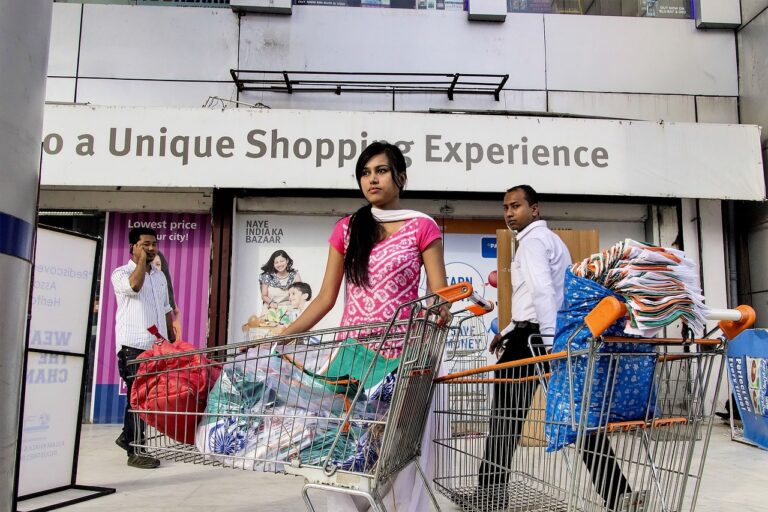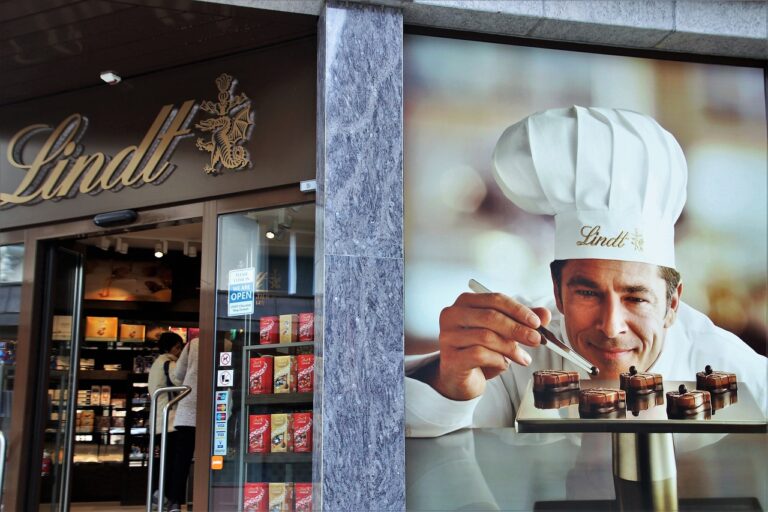The Evolution of Customer Loyalty Programs: Gamification and Rewards
Loyalty programs have a long history that dates back to the 18th century when American retailers began offering copper coins to customers as a reward for their purchases. This simple concept of rewarding customers based on their frequency of purchases laid the foundation for the loyalty programs we see today.
It wasn’t until the 20th century that loyalty programs began to evolve into more structured systems. The concept of the first modern-day loyalty program is often credited to the American Airlines AAdvantage program, which debuted in 1981. This program allowed frequent flyers to earn miles that could be redeemed for free flights, setting the stage for the widespread adoption of loyalty programs across various industries.
From Punch Cards to Digital Apps
Punch cards have been a longstanding method used by businesses to reward customer loyalty. Customers would earn a physical punch or stamp on a card each time they made a purchase, eventually accumulating enough punches to receive a free item or discount. This tangible and tactile system provided a sense of accomplishment and incentive for customers to continue patronizing the business.
With the advancements in technology, businesses have transitioned from punch cards to digital loyalty programs. Digital apps now offer customers the convenience of easily tracking their points and rewards on their smartphones. This seamless integration into daily life has increased customer engagement with loyalty programs, as customers can quickly see their progress and easily redeem rewards with just a few taps on their device.
The Influence of Gamification on Customer Engagement
Gamification has revolutionized customer engagement strategies by incorporating elements of fun and competition into traditionally mundane interactions. By integrating game-like features such as points, badges, leaderboards, and rewards into loyalty programs and marketing campaigns, businesses are able to tap into the natural human inclination towards challenge and achievement. This gamified approach not only enhances user experience but also fosters a sense of excitement and motivation among customers to actively participate and interact with brands on a deeper level.
Furthermore, the use of gamification in customer engagement has proven to increase brand loyalty and customer retention rates. By creating a more interactive and personalized experience for consumers, businesses are able to not only capture their attention but also build a stronger emotional connection with their audience. Through gamified loyalty programs, companies can incentivize desired behaviors, encourage repeat purchases, and ultimately cultivate a loyal customer base that is more likely to advocate for the brand and contribute to long-term business success.
What are some examples of early loyalty programs?
Some early examples include airline frequent flyer programs, hotel loyalty programs, and restaurant punch cards.
How have loyalty programs evolved over time?
Loyalty programs have evolved from simple punch cards to digital apps that offer personalized rewards and incentives for customer engagement.
How does gamification influence customer engagement?
Gamification uses game-like elements such as points, badges, and leaderboards to motivate and engage customers, leading to increased loyalty and brand advocacy.
What are the benefits of gamification in customer engagement?
Gamification can increase customer retention, drive repeat purchases, and create a sense of community among customers, ultimately leading to higher customer satisfaction and loyalty.
How can businesses implement gamification strategies in their customer engagement efforts?
Businesses can implement gamification by incorporating rewards, challenges, and interactive elements into their loyalty programs or marketing campaigns to engage customers and incentivize desired behaviors.







